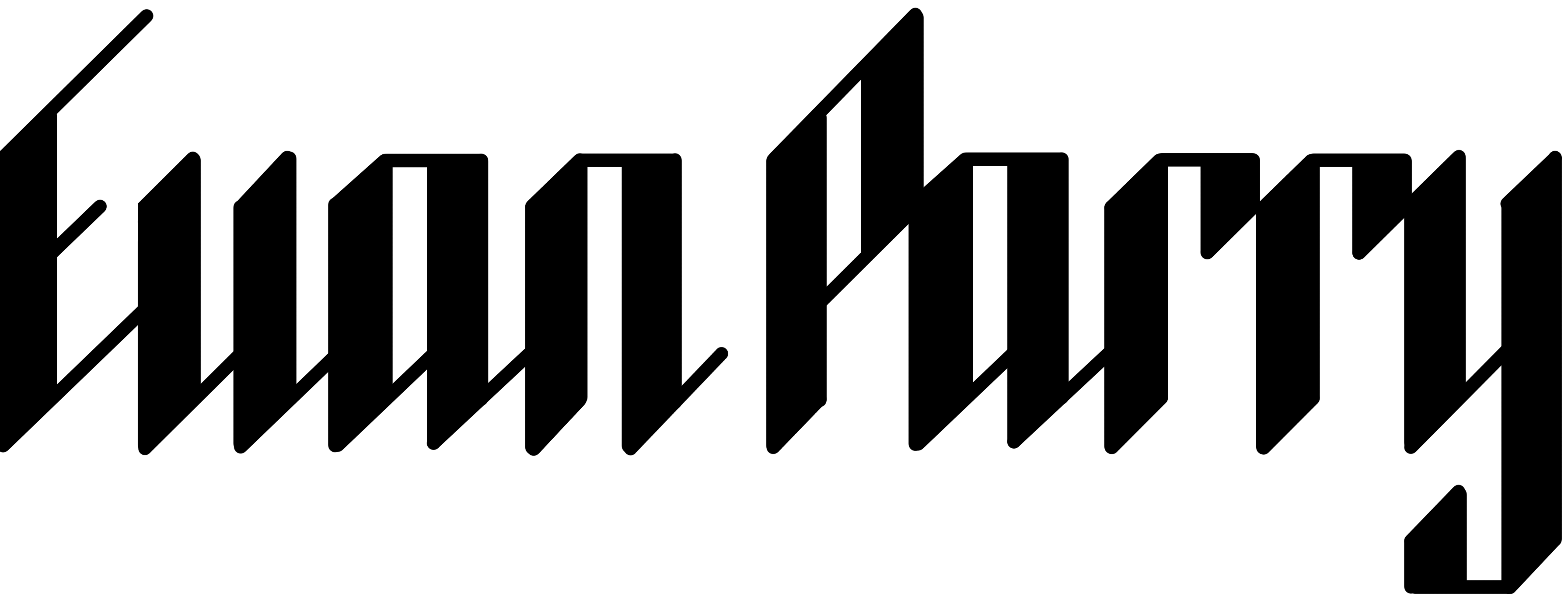Dark patterns are problem that users have become accustomed to. UX/UI professionals have managed to create ways of deceiving users through the ways they interact with websites and apps. This can often enhance the integration of tracking software adding to the “carbolytic” problem or promote users to undergo actions that they wouldn’t have thought of previously taking.
User behaviour tracking systems are all around us with the increase in internet usage over the last 20 years. Nearly every website we visit, every search we make, and every button we click is being tracked. Many people do not realise what they are accepting when clicking terms and conditions or accepting cookies (a lot of the time these can be hidden away). With these tracking systems being integrated on almost every website, app, and device we visit or use, the output of carbon from tracking users is very impactful due to the immense size of it all and the technical resources needed to process the information being produced.
As a designer, I have to respect how well some of these dark patterns are designed and hidden, but in the end, they really shouldn’t be there as it only adds to a disruptive experience that is becoming far too familiar for all users.
